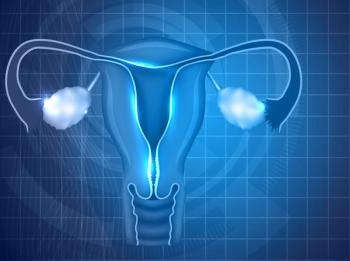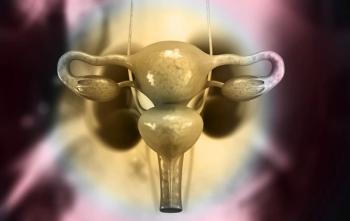
USPSTF Proposes New Guidelines for Cervical Cancer Screening
The USPSTF issued a new draft recommendation for cervical cancer screening, recommending screening with cervical cytology every 3 years for women aged 21 to 29, and offering a choice between cytology every 3 years and high-risk human papillomavirus testing every 5 years for those aged 30 to 65 years.
The US Preventive Services Task Force (USPSTF) issued a new draft recommendation in September for cervical cancer screening. It recommends screening with cervical cytology every 3 years for women aged 21 to 29, and offers a choice between cytology every 3 years and high-risk human papillomavirus (hrHPV) testing every 5 years for those aged 30 to 65 years.
“Most cases of cervical cancer occur in women who have not been adequately screened,” the authors of the draft recommendation wrote. “Strategies that aim to ensure that all women are appropriately screened and receive adequate follow-up are most likely to be successful in further reducing cervical cancer incidence and mortality in the United States.”
The new draft recommendation was
The main difference between the previous and new versions of the recommendation is that hrHPV testing alone is now included as a recommended screening test for women aged 30 to 65 years. Co-testing with both methods, meanwhile, is no longer recommended, while it was in the 2012 version.
The new document keeps the other primary recommendations, including a recommendation against screening of any kind for women under the age of 21. It is also not recommended for women older than 65 years who have had adequate prior screening and are not at high cervical cancer risk, as well as for women who have had a hysterectomy that included removal of the cervix and who do not have a history of high-grade precancerous lesions or of cervical cancer itself.
The USPSTF conducted a review of available evidence, and found “convincing evidence” that screening in women aged 21 to 65 can reduce both overall cervical cancer incidence and cervical cancer mortality. In women between the ages of 30 and 65, randomized controlled trials have shown that screening with cytology alone is slightly less sensitive for detecting cervical intraepithelial neoplasia 2 and 3 (CIN2 and CIN3) than hrHPV testing alone, while hrHPV testing alone results in more diagnostic colposcopies for each case detected.
Screening with hrHPV testing every 5 years resulted in approximately 10 life-years gained per 1,000 women screened, which was more than with every-3-year cytology screening. However, cytology alone resulted in 39 colposcopies per each cancer case averted, compared with 640 additional colposcopies per additional cancer case averted for hrHPV testing. Co-testing increases the number of tests performed but does not lead to increased detection of CIN3 and all invasive cancers, which led to its exclusion from this recommendation.
“The USPSTF concludes with high certainty that the benefits of screening every 3 years with cytology alone substantially outweigh the harms in women ages 21 to 29 years,” the authors wrote. “The USPSTF concludes with high certainty that the benefits of screening every 3 years with cytology alone or every 5 years with hrHPV testing alone outweigh the harms in women ages 30 to 65 years.”
Newsletter
Stay up to date on recent advances in the multidisciplinary approach to cancer.


















































































